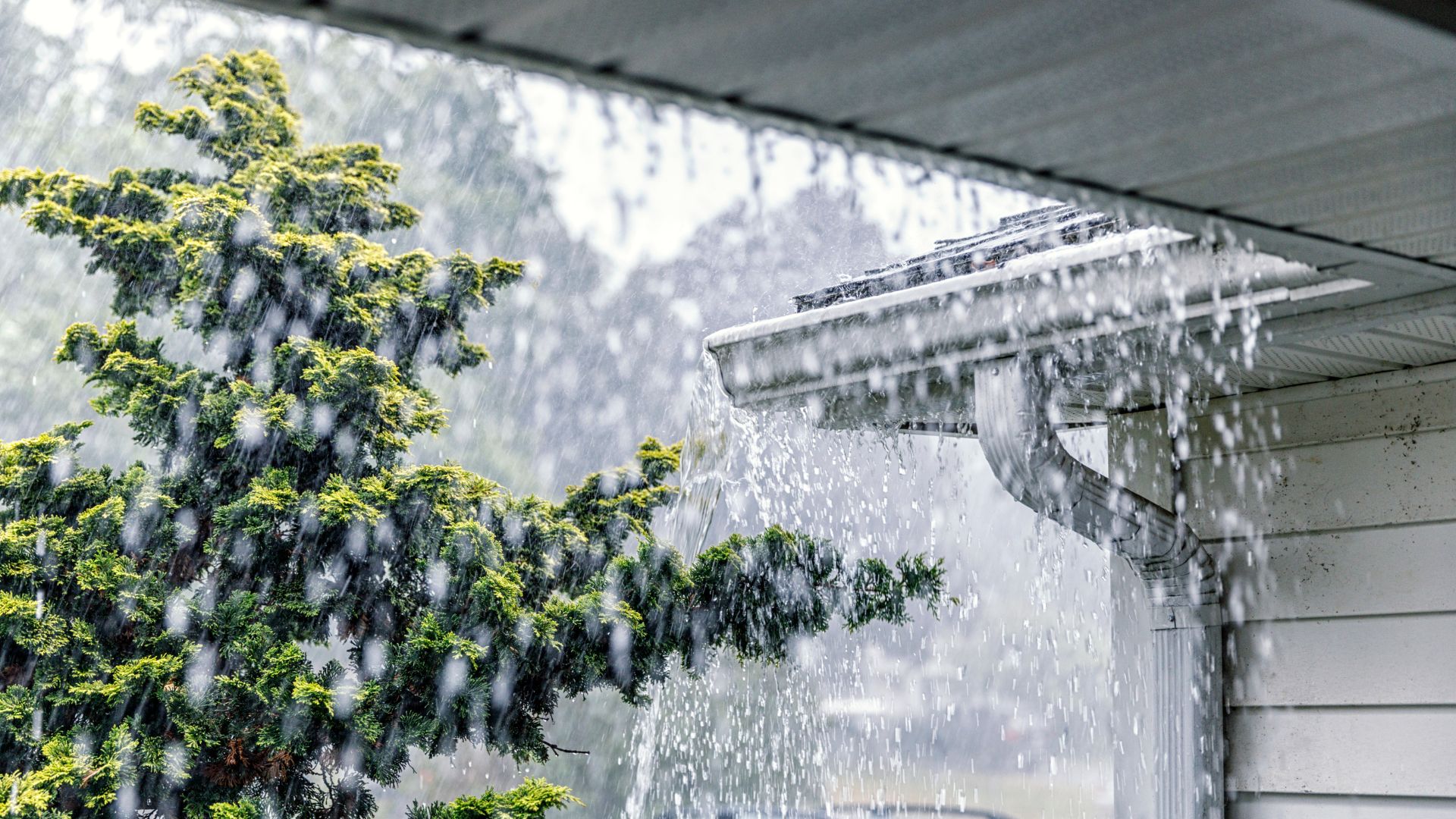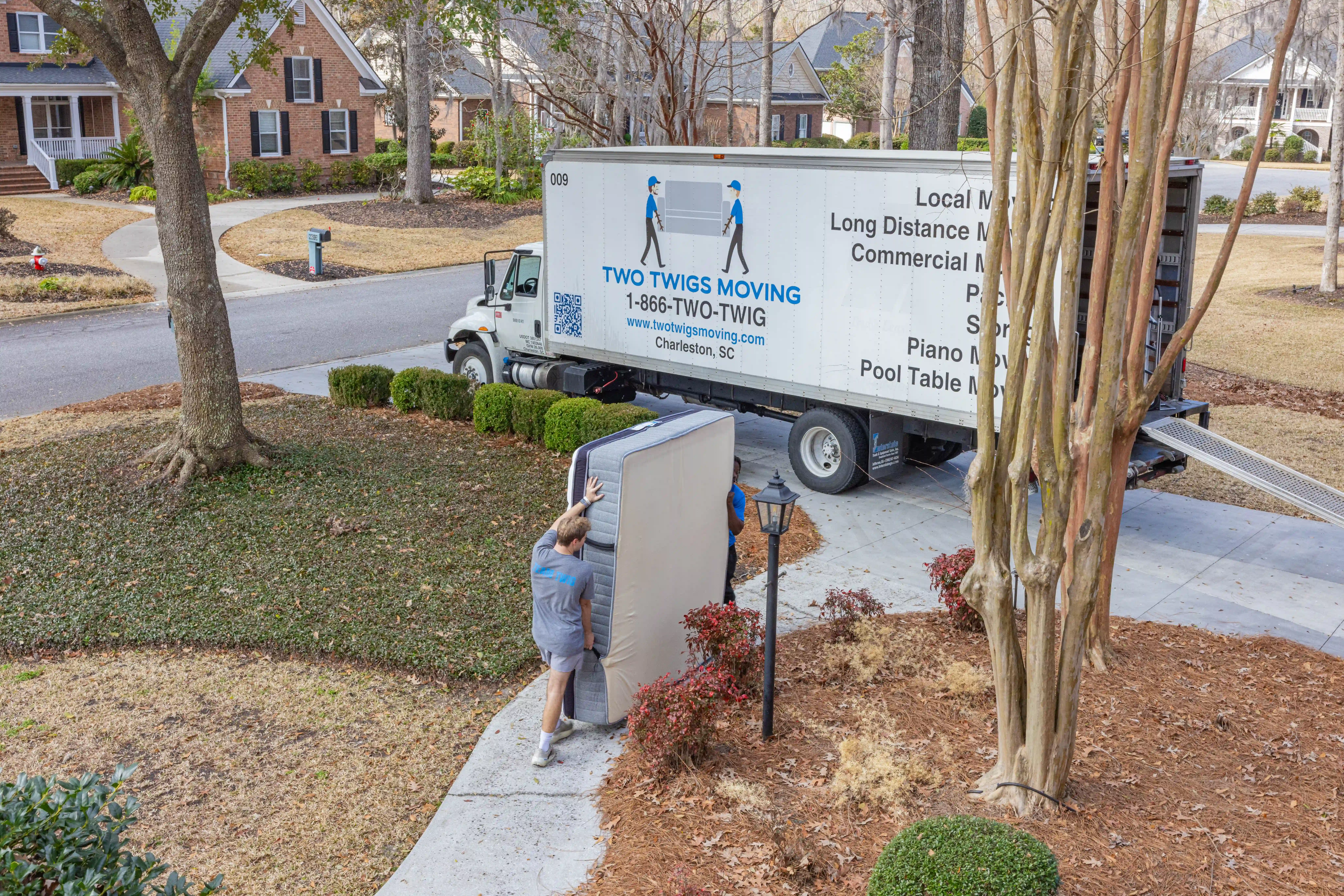Moving is stressful enough without the added challenge of bad weather. Whether it’s pouring rain, freezing snow, or blistering heat, unpredictable weather conditions can complicate your moving day. But with the right preparation and strategies, you can still have a smooth move, regardless of the weather. In this blog, we’ll explore tips for moving in rain, snow, or heat, helping you protect your belongings and stay safe.
How do you move in the rain?
Moving in the rain requires extra care to keep your belongings dry and protected. Here’s how you can handle a rainy moving day:
- Waterproof your belongings: Use plastic bins instead of cardboard boxes to keep moisture out. If you’re using cardboard, reinforce boxes with packing tape and wrap them in plastic or garbage bags to keep water from seeping in.
- Protect your floors: Rain can make a mess of your floors as movers track in mud and water. Use old towels, rugs, or plastic sheeting to protect floors from damage and to prevent slipping.
- Cover furniture and electronics: Use plastic wrap or tarps to protect large furniture pieces and electronics from getting wet during the move. Ensure these items are well-wrapped before loading them into the moving truck.
- Dress for the weather: Wear waterproof clothing, non-slip shoes, and gloves with a good grip to stay safe and comfortable in the rain.
What should you do when moving in snow?
Snow and ice can make moving dangerous and challenging, but with careful planning, you can move safely in winter conditions. Here are some tips for moving in the snow:
- Clear paths and driveways: Shovel snow and spread salt or sand on walkways, stairs, and driveways to prevent slipping. Make sure there’s a clear and safe path for movers to carry boxes and furniture to the truck.
- Use blankets for insulation: Moving blankets are excellent for protecting your belongings from cold temperatures. They can also help prevent fragile items from freezing and breaking.
- Keep the truck warm: If you’re driving a moving truck yourself, let the engine warm up for a few minutes before loading. This helps prevent engine issues and keeps the inside of the truck from getting too cold.
- Wear appropriate gear: Bundle up in warm, layered clothing, non-slip boots, and insulated gloves. Keep extra warm drinks and snacks on hand to stay energized and comfortable during the move.
How do you move in extreme heat?
Moving during the summer or in a hot climate comes with its own set of challenges, such as heat exhaustion and dehydration. To stay safe while moving in extreme heat, follow these tips:
- Move early or late in the day: Try to schedule your move during the cooler hours of the morning or late afternoon. Avoid the midday heat when temperatures are at their highest.
- Stay hydrated: Keep plenty of water and electrolyte drinks on hand for yourself and your movers. Heat exhaustion can happen quickly, so it’s important to take breaks and drink water regularly.
- Protect heat-sensitive items: Electronics, candles, and other temperature-sensitive items can be damaged by extreme heat. Pack these items last so they spend less time in a hot truck. If possible, transport them in your air-conditioned vehicle.
- Wear lightweight clothing: Dress in light, breathable clothing to keep cool. Hats and sunglasses can also help protect you from the sun while working outside.
How can you prepare for bad weather on moving day?
No matter what type of weather you’re expecting, it’s important to be prepared. Here’s how to get ready for a move in bad weather:
- Check the forecast: Keep an eye on the weather forecast in the days leading up to your move. This will give you time to prepare for any challenges you might face, whether it’s rain, snow, or extreme heat.
- Pack an emergency kit: Put together a kit with essentials like extra clothes, towels, snacks, water, and first-aid supplies. Having these items on hand will help you stay comfortable and prepared for any weather-related surprises.
- Hire professional movers: Professional movers are experienced in handling moves in all types of weather. They’ll have the right equipment and skills to protect your belongings and ensure a safe move, no matter the conditions.
Conclusion
Moving in bad weather doesn’t have to be a nightmare if you’re prepared. Whether you’re facing rain, snow, or heat, these tips will help you protect your belongings, stay safe, and keep your move on track. By taking the right precautions and staying flexible, you can ensure a smooth moving day, no matter what the weather has in store.


.svg)


